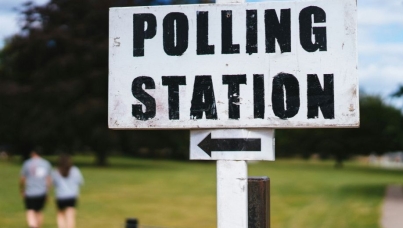Creating Dialogue
Effective Communication By The Public Sector
Background
MORI was commissioned by the Post Office to carry out a large-scale survey of attitudes to effective communications by public services in October 1997. Below we have summarised some of the key findings.
Public Ratings of information Provision
There is a very wide spanersity of performance across public services; local authorities and hospitals are most likely to be seen as not keeping the public informed about their services.
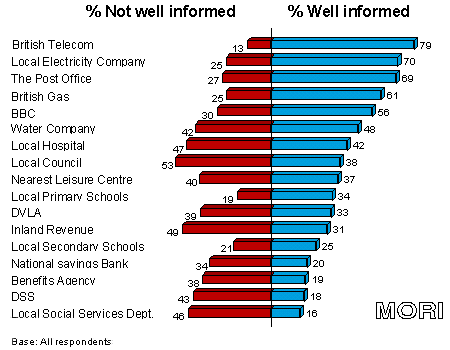
Who is Best or Worst at Providing Information?
When we asked the public which organisations they think are best - and worst- overall, local government stands out as a focus of criticism. In part this reflects low awareness of the many different activities it is involved in, as well as a need for authorities to work harder at keeping residents' informed about what they do.
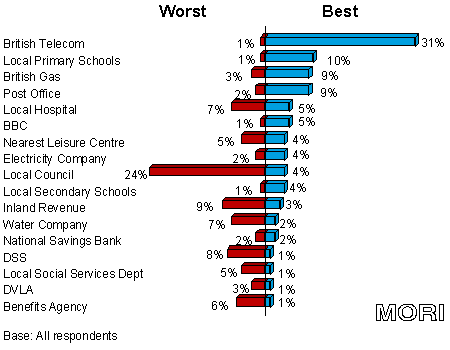
How to Improve Communications
Where the public are critical, they want more - and more regular information -about the services that are available in their locality. The more detailed MORI report available from Royal Mail outlines what types of information the public want from a wide range of public services.
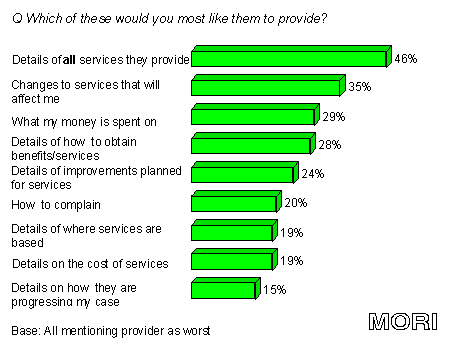 Preferences for Receiving and Obtaining Information
Preferences for Receiving and Obtaining Information
The public prefer to receive information via the post, or delivered to them directly, rather than via any other method. However, when they want to seek out information, the vast majority prefer to use the 'phone. Very few currently want to use electronic media, although qualitative research suggests that this may change quickly in future.
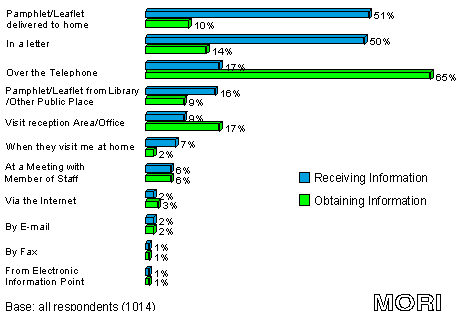
What Do People Retain?
Given that many people criticise local government for its performance on keeping them informed, it is perhaps not surprising they are most likely to be retain information they are sent on details of local services like sports facilities/libraries.
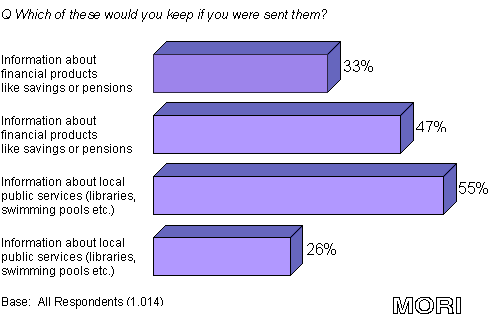
There is much less interest in being sent information on new government policies. These overall figures mask very large differences by age, with the over 55s twice as likely to keep information on government policy as 16-34 year olds.
The Impact of Information
Information provision has a strong impact on how organisations are perceived. The better informed the public are kept about details of services, the more satisfied they tend to be with them, as the chart below shows
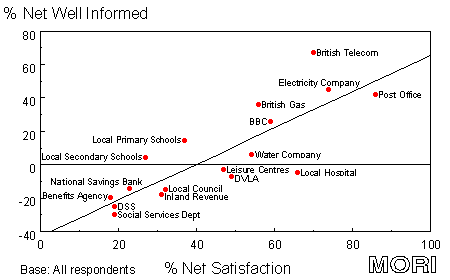
Finally, the survey suggests that the public is actually less critical than public sector mangers are themselves. Forty-nine per cent of the public feel there is no real difference between the public and private sector in terms of how well they communicate. Only 33% of the public believe the public sector is worse at communicating than is the private sector, compared to 61% of delegates at this conference.
Technical details
MORI interviewed 1014 adults aged 16 plus in home in 101 ED sampling points throughout the UK between 3-23 October 1997



